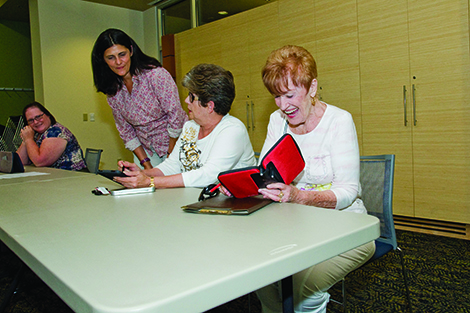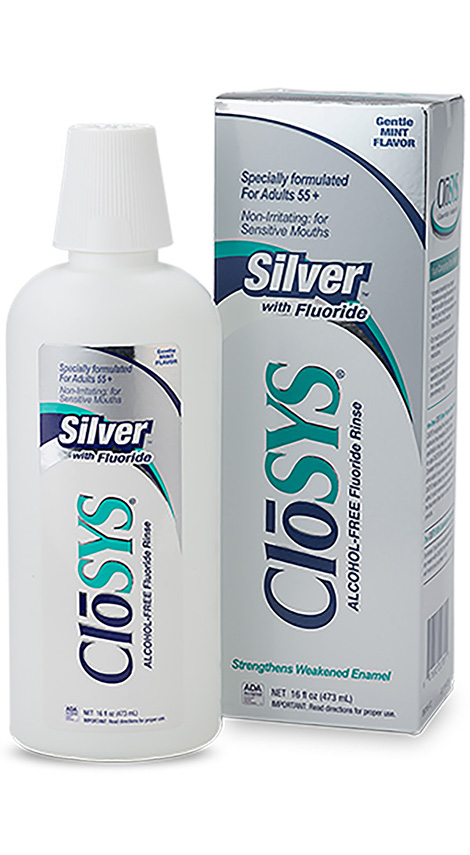Library making decisions on funding and services
The Pierce County Library System is asking citizens what they want from it as it goes about the job of prioritizing library services while dealing with a tight budget.
The public’s thoughts were invited at open houses at library branches countywide in February. Input was also accepted via an online survey through March 10. A second survey via telephone was launched in April.
Library leaders will share the public’s ideas with a community advisory committee, which is meeting to review and assess the level of funding of library services. The committee, appointed by PCLS administrators, is expected to make a recommendation to the Library System’s Board of Trustees. Options might include asking voters to increase property taxes – PCLS’ prime source of funding — to serve the area’s growing communities or making more cuts in library services.
In case they decide in the next few months to one before voters, the trustees have asked officials to prepare a possible tax proposal.
“We are talking with people about our funding constraints, which stem from costs to run the libraries growing at a faster and higher rate than revenues,†said Georgia Lomax, executive director of the Library System (PCLS). “In the past 12 years, our service area has grown by 82,000 people, straining resources to serve growing communities.â€
In recent years, PCLS costs have increased an average of 4 to 7 percent a year, while property tax revenues have increased at an average rate of 1 to 3 percent, according to Lomax. Property taxes make up approximately 94 percent of the Library System’s revenue.
Population growth and use of libraries have outgrown many library buildings, officials said. At the same time, many of the buildings are aging. Since 2006, the population in the PCLS service area has grown from 518,000 to 600,000 people – an increase of 16 percent. The number of people with library cards grew 63 percent, so that at the end of 2017, 323,000 people were active cardholders.
The use of library materials – checkouts of books, movies, music and other items – has grown 33 percent since 2006. During those 12 years, attendance of library-hosted classes and events – such as story times and block play for kids, and technology and job-readiness courses for adults – has surged by 700 percent, officials said.
Meanwhile, the Library System has outlived its re-authorized levy that voters passed in 2006. Lomax said PCLS has met or surpassed all four levy promises – more books and materials, hours, services for children, and technology services. Officials projected that the 2006 levy would meet the public’s needs for up to six years. Lomax said that funding has been stretched for 12 years.
Since 2009, the gap between service needs and available funding averaged about $2 million a year, for a total of $20 million, according to library officials. To balance its budget and sustain overall services, PCLS has eliminated or reduced some of what it offers. For 2018, it has cut spending on books and other materials, deferred major facility investments and software system upgrades, eliminated a service that provided downloadable and streaming movies, TV shows and audiobooks, and ended the public’s use of meeting rooms in libraries when the libraries themselves are closed.
By state law, library districts such as Pierce County’s may receive property taxes for up to 50 cents per every $1,000 in assessed property value. PCLS’ current tax rate is 42.94 cents for every $1,000 of assessed valuation and is expected to decrease to 41.50 cents in 2019, officials said.
Nearly 3,000 citizens attended the February open houses at library branches, and more than 4,000 people completed surveys on what they want, need and value in library services. Their top four priorities were, according to library officials, “convenient library hours†(72 percent), printed and downloadable books, magazines, movies, audiobooks and music (68 percent) help from library workers (64 percent), and access to computers, wi-fi, printers and other technology (50 percent).
PCLS serves a countywide population of roughly 600,000 through its 20 branch libraries and online, making it the fourth-largest public library system in Washington. It has about 1.5 million books, e-books, audiobooks, movies and other materials to lend. It also has specialized services and programs for adult care facilities, homebound individuals, childcare centers and schools.
Pat Jenkins, who wrote this article, is editor of Senior Scene and program director of Senior Media Services. He is also a member of the Pierce County Library System Board of Trustees.


